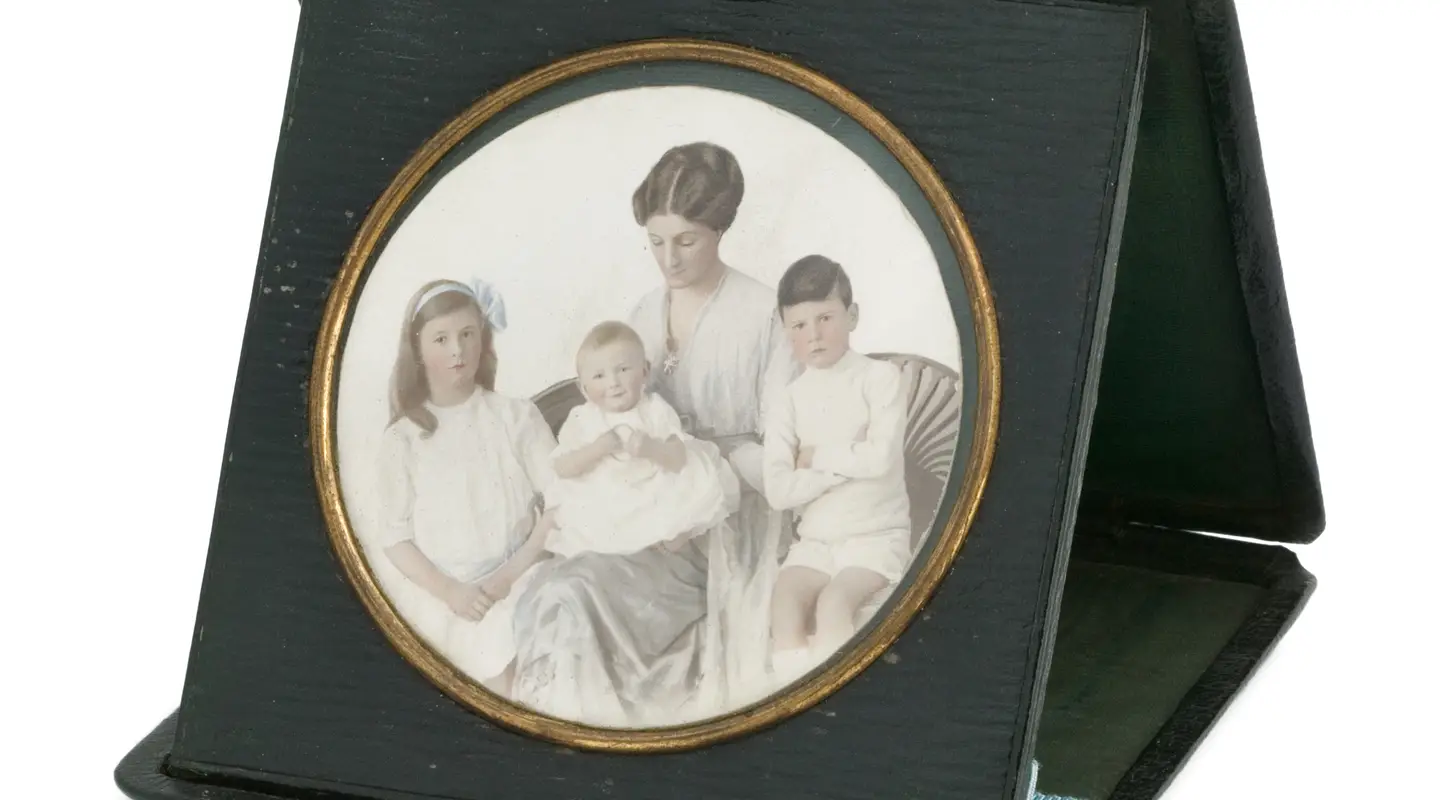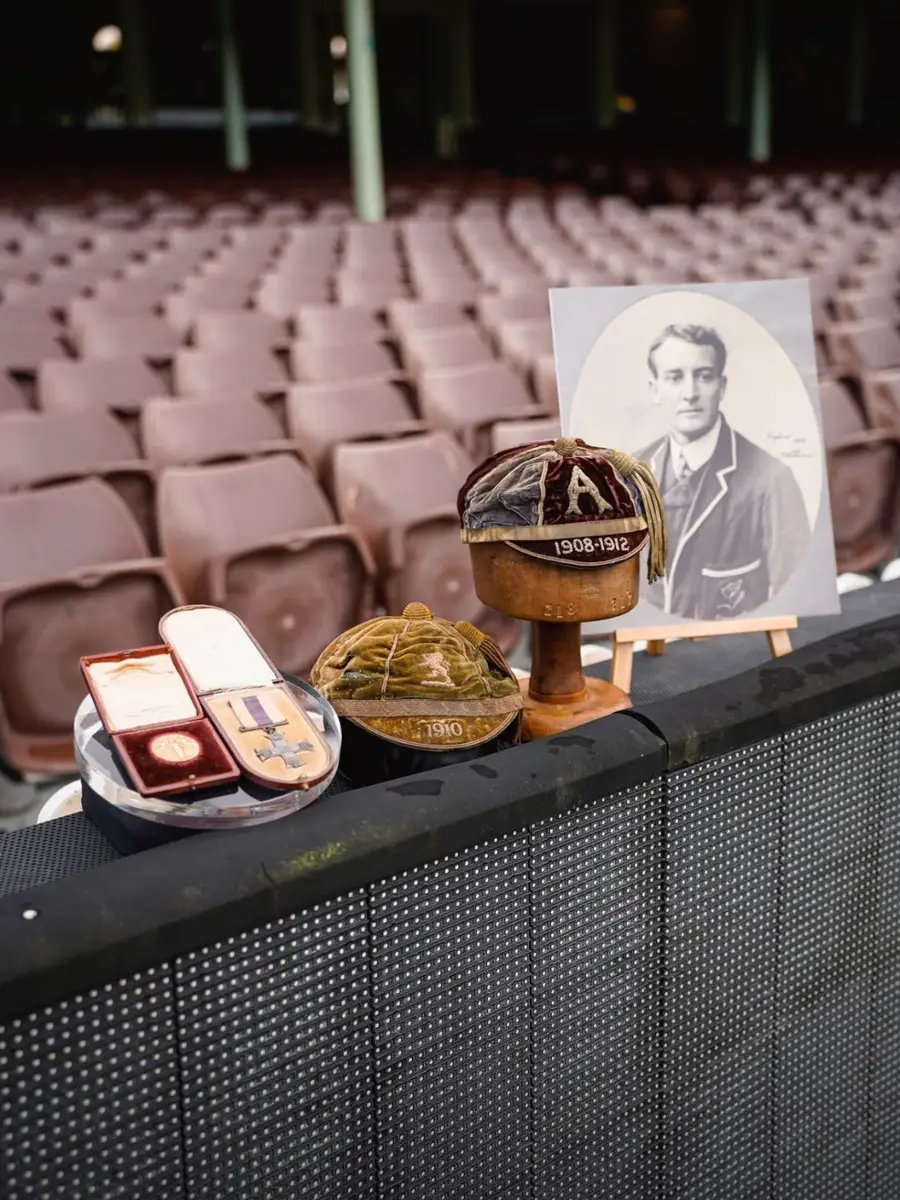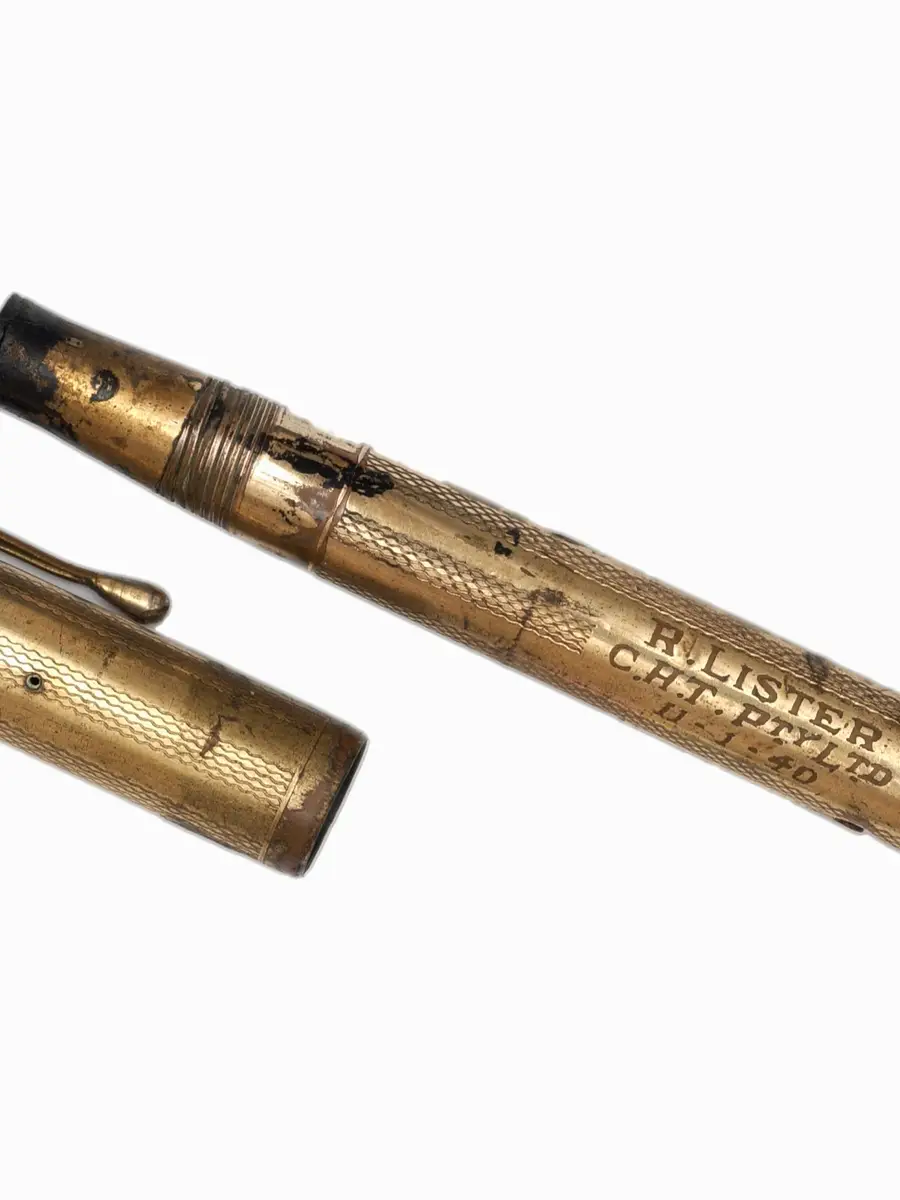A family photograph reveals the personal side of military leader General Sir Cyril Brudenell White.
Most soldiers carried with them a memento from home, something to hold onto through the horror of the war. For General Brudenell White, it was a cherished photograph of his family.
He is remembered as one of Australia’s most distinguished military leaders and strategists.
Curator Cameron Ross reveals how the photograph offers a poignant glimpse into White’s humanity – a devoted husband and father holding onto love and family even on the front lines.
Colonel Brudenell White was instrumental in the landing of the Australian troops on Gallipoli on the 25th of April 1915.
He carried this photo frame with him for his entire time in the First World War. From the shores of Gallipoli to the Western Front.
It's a framed photograph of his wife, Ethel, his two sons and his daughter.
His youngest son was born only a few months before he left. And he's an infant here in the photograph.
His fourth child was born after the war and is not depicted in the photograph.
He kept it in this bag here, which his wife, Ethel, made from one of her gloves and still has the maker's marks from where it was made in France and he has written his name and the date that he departed Australia in October 1914 on it.
General White is an iconic figure in the Australian story of the First World War.
He was one of the most senior officers of the war but this object tells that personal story of him.
It doesn't tell the story of the large logistical work that he did.
It tells the story of his love of his family the reason that he's fighting and what drives him as a human being.
It's that personal narrative that every soldier had but isn't always recorded and isn't remembered in the narrative of the battle.
What I find most striking about this object is the personal nature of it. It humanises someone who is quite famous, for his service in the First World War and for his service in the Second World War.
It really makes him human for the people who come to the Australian War Memorial and want to see that personal, human story of the war.



